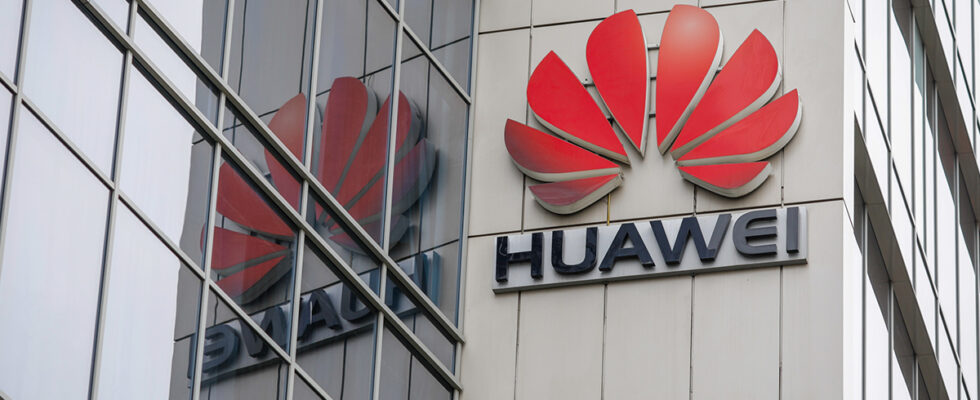In the face of the US chip ban, Huawei showed great ingenuity by unveiling a series of 5G chips, proving that the company is capable of continuing to produce smartphones equipped with the technology.

Less than five years after U.S. sanctions nearly crippled Huawei, the Chinese giant is now Beijing’s most important weapon in a semiconductor battle that is poised to shape the global economy for decades to come. While Huawei says it does not receive government aid, reports suggest a strengthening alliance between the tech giant and an investment fund established by the Shenzhen city government in 2019.
This fund has been instrumental in supporting Huawei in its quest for a “self-sufficient chip network”. This strategic partnership is essential for giving Huawei access to companies specializing in lithography machines, crucial equipment for manufacturing high-end chips.
Also read – Huawei is the 5G world champion, despite American restrictions
Huawei is now capable of producing 5G smartphones
Due to sanctions, Chinese companies typically face obstacles importing lithography machines, which are often based on U.S. patents. To get around this problem, Huawei is said to have recruited former employees of ASML, a Dutch company known for its extreme lithography machines. It is notably thanks to them that Huawei has succeeded in producing its recent HiSilicon Kirin 9000S 7nm processor, which we find in the latest Mate 60 Pro.
Huawei’s desire to creating a self-sustaining network of chips is part of China’s broader initiative to invest billions of dollars in the local chip industry. By fostering a strong local ecosystem, Huawei hopes to bring down costs and regain its position in the global smartphone market.
If the collaboration with the state investment fund constitutes a significant step forward, Huawei would continue to refuse any direct government aid. For the moment, Huawei is still far from being able to compete with American technologies. According to ASML, the Dutch lithography machine manufacturer, it takes 34 lithography steps to reach 7nm on DUV machines, compared to just nine steps with EUV. The additional production steps result in higher production costs and lower yields.
